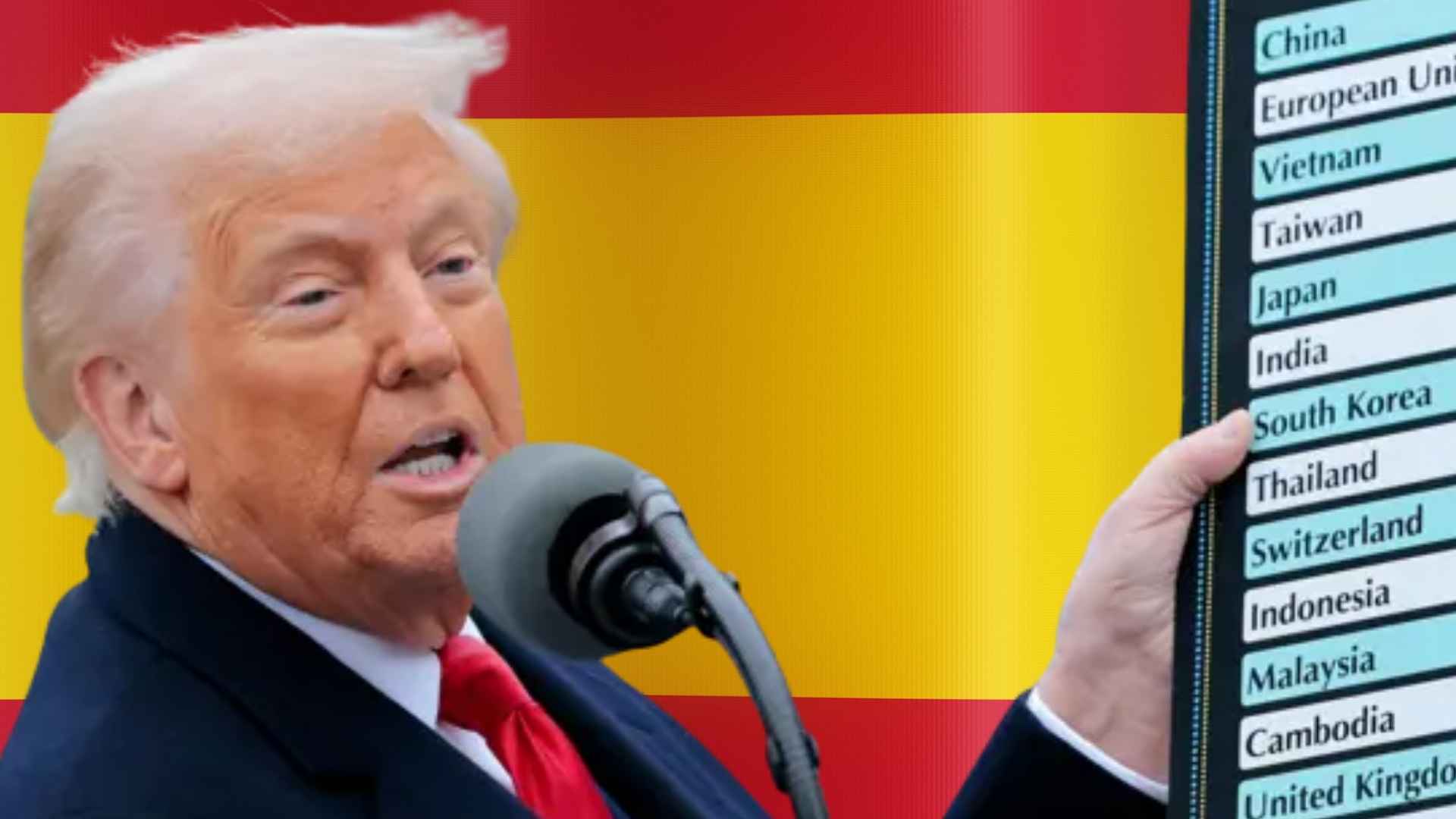The former president’s vow to raise import duties could deepen Spain’s trade deficit and shake Europe’s export‑driven economy.
Spain’s government and exporters are bracing for impact after Donald Trump confirmed he would slap higher tariffs on goods from the European Union—even long‑standing partners such as Spain. Officials warn the move could widen Spain’s €10 billion trade gap with the United States and squeeze key industries unless a last‑minute compromise emerges.
How the proposed Trump tariffs could reshape Spain’s trade with the United States
Higher duties would land hardest on energy, pharmaceuticals, and the specialty foods that fill American supermarkets. Spain currently buys large volumes of U.S. petroleum gas, crude oil, and packaged medicines, while shipping refined petroleum, olive oil, and ceramics the other way. So, what does this really mean for Spanish olive‑oil makers or wine exporters?
Top U.S. products Spain already depends on:
- Petroleum gas – 26.3 % of Spain’s U.S. imports
- Crude oil – 18.6 %
- Packaged medicines – 14.2 %
- Vaccines, antisera, and cultures
- Nuts and other agri‑food staples
Before tariffs bite, industry groups suggest diversifying suppliers and negotiating carve‑outs. Trump’s multi‑front tariff plan could lift the average levy on U.S. imports from 3 % to 30 % as soon as April 9. For the EU—where external trade generates 55 % of GDP—that is a gut punch. CaixaBank Research estimates Spain’s GDP could slip 0.2 % at the outset, below the 0.4 % hit forecast for the bloc, yet the pain could spread if other nations retaliate. “Moderate” today does not mean harmless tomorrow.
| Spain–U.S. trade, 2024 | Exports | Imports | Balance |
|---|---|---|---|
| Value (€ bn) | 18.18 | 28.19 | –10.01 |
| Annual change | –3.8 % | –0.3 % | +7 % |
However, investors fear more than numbers on a ledger. Tariffs can undermine business confidence, tighten financing, and—yes—fuel inflation. Will dialogue in Washington soften the blow? European officials hope so, but contingency plans—from stockpiling raw materials to redirecting shipments—are already on the table. What happens next?
- EU diplomats are preparing counter‑proposals before the April deadlines.
- Spanish exporters weigh shifting volumes toward Latin America and Asia.
- Analysts monitor commodity prices for early signs of inflationary pressure.
Nevertheless, the window for negotiation is closing fast. Unless both sides ease positions, consumers could soon pay more for everything from gasoline to gazpacho. Spain’s reliance on trans‑Atlantic trade leaves it exposed, but proactive diplomacy and supply‑chain tweaks can lessen the sting.

